Source (Google.com.pk)
Cool Hd Wallpaper Biography
Control the world with Bio Ball Technology and navigate through worlds of jump pads, speed boosts, earthquakes, falling floors, light switches, bombs, upgrade shops, floating mines, cannons, pipes, epic final boss fights with the Mad Cucumber crew and save the world!
Be the Bio Ball! “Snazzy graphics and a Crash Bandicoot sense of style make it stand out from the scores of
futuristic ball-rollers on iPhone and iPod touch” -PocketGamer “I’d Buy That For A Dollar: 3D Bio Ball”
“3D Bio Ball is the modern Marble Madness for a new generation that demands more substance with their ball rolling physics playground puzzlers. It’s got a great look, good music, a lot of content and the ability to
upgrade the bio ball.” -GameZone “If you’re thinking of giving 3D Bio Ball HD a try, be prepared for a challenge. You’ll be rolling, bouncing and teetering dangerously on the edge of 109 levels filled with puzzles, traps, enemies and other hazards to keep you from your goal.” -Android Rundown “Overall, this is a challenging accelerometer based puzzle game for the Android platform with very high quality 3D Graphics.
The X Window System was one of the earliest systems to include support for an arbitrary image as wallpaper via the xsetroot program, which at least as early as the X10R3 release in 1985 could tile the screen with any solid color or any binary-image X BitMap file In 1989, a free software program called xgifroot was released that allowed an arbitrary color GIF image to be used as wallpaper, and in the same year the free xloadimage program was released which could display a variety of image formats (including color images in Sun Rasterfile format) as the desktop background. Subsequently a number of programs were released that added wallpaper support for additional image formats and other features, such as the xpmroot program (released in 1993 as part of fvwm) and the xv software (released in 1994).
The original Macintosh operating system only allowed a selection of 8×8-pixel binary-image tiled patterns; the ability to use small color patterns was added in System 5 in 1987. MacOS 8 in 1997 was the first Macintosh version to include built-in support for using arbitrary images as desktop pictures, rather than small repeating patterns.
Windows 3.0 in 1990 was the first version of Microsoft Windows to come with support for wallpaper customization, and used the term "wallpaper" for this feature. Although Windows 3.0 only came with 7 small patterns (2 black-and-white and 5 16-color), the user could supply other images in the BMP file format with up to 8-bit color (although the system was theoretically capable of handling 24-bit color images, it did so by dithering them to an 8-bit palette). In the same year, third-party freeware was available for the Macintosh and OS/2 to provide similar wallpaper features otherwise lacking in those systems. A wallpaper feature was added in a beta release of OS/2 2.0 in 1991.
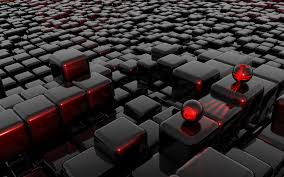
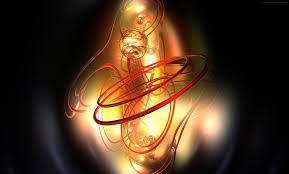
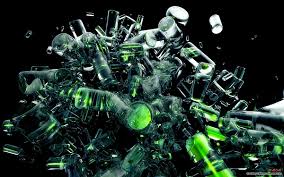
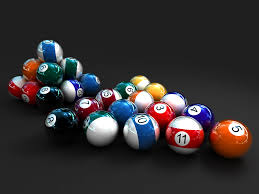
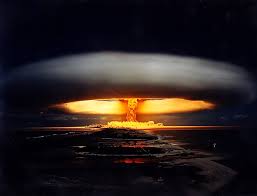

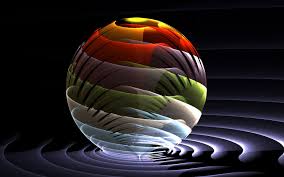
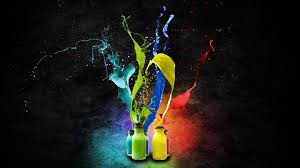
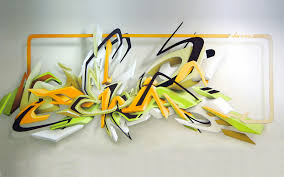
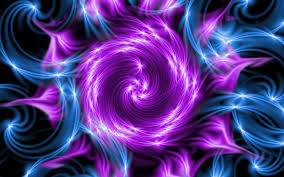


Cool Hd Wallpaper Biography
Version: 3.6
Description
What has 109 action puzzle like platforms, cannon travel, invulnerable rampages, secret areas, coins and bolts just lying around with a bit of RPG element mixed in !? 3D Bio Ball!
Description
What has 109 action puzzle like platforms, cannon travel, invulnerable rampages, secret areas, coins and bolts just lying around with a bit of RPG element mixed in !? 3D Bio Ball!
Control the world with Bio Ball Technology and navigate through worlds of jump pads, speed boosts, earthquakes, falling floors, light switches, bombs, upgrade shops, floating mines, cannons, pipes, epic final boss fights with the Mad Cucumber crew and save the world!
Be the Bio Ball! “Snazzy graphics and a Crash Bandicoot sense of style make it stand out from the scores of
futuristic ball-rollers on iPhone and iPod touch” -PocketGamer “I’d Buy That For A Dollar: 3D Bio Ball”
“3D Bio Ball is the modern Marble Madness for a new generation that demands more substance with their ball rolling physics playground puzzlers. It’s got a great look, good music, a lot of content and the ability to
upgrade the bio ball.” -GameZone “If you’re thinking of giving 3D Bio Ball HD a try, be prepared for a challenge. You’ll be rolling, bouncing and teetering dangerously on the edge of 109 levels filled with puzzles, traps, enemies and other hazards to keep you from your goal.” -Android Rundown “Overall, this is a challenging accelerometer based puzzle game for the Android platform with very high quality 3D Graphics.
The X Window System was one of the earliest systems to include support for an arbitrary image as wallpaper via the xsetroot program, which at least as early as the X10R3 release in 1985 could tile the screen with any solid color or any binary-image X BitMap file In 1989, a free software program called xgifroot was released that allowed an arbitrary color GIF image to be used as wallpaper, and in the same year the free xloadimage program was released which could display a variety of image formats (including color images in Sun Rasterfile format) as the desktop background. Subsequently a number of programs were released that added wallpaper support for additional image formats and other features, such as the xpmroot program (released in 1993 as part of fvwm) and the xv software (released in 1994).
The original Macintosh operating system only allowed a selection of 8×8-pixel binary-image tiled patterns; the ability to use small color patterns was added in System 5 in 1987. MacOS 8 in 1997 was the first Macintosh version to include built-in support for using arbitrary images as desktop pictures, rather than small repeating patterns.
Windows 3.0 in 1990 was the first version of Microsoft Windows to come with support for wallpaper customization, and used the term "wallpaper" for this feature. Although Windows 3.0 only came with 7 small patterns (2 black-and-white and 5 16-color), the user could supply other images in the BMP file format with up to 8-bit color (although the system was theoretically capable of handling 24-bit color images, it did so by dithering them to an 8-bit palette). In the same year, third-party freeware was available for the Macintosh and OS/2 to provide similar wallpaper features otherwise lacking in those systems. A wallpaper feature was added in a beta release of OS/2 2.0 in 1991.
Cool Hd Wallpaper
Cool Hd Wallpaper
Cool Hd Wallpaper
Cool Hd Wallpaper
Cool Hd Wallpaper
Cool Hd Wallpaper
Cool Hd Wallpaper
Cool Hd Wallpaper
Cool Hd Wallpaper
Cool Hd Wallpaper
Cool Hd Wallpaper
Cool Hd Wallpaper
Cool Hd Wallpaper
No comments:
Post a Comment